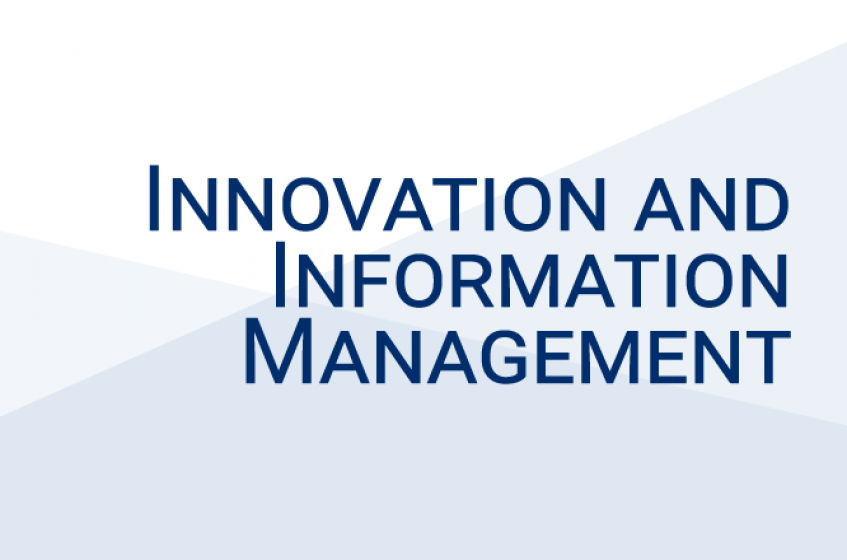Nudging Private Ryan: Mobile Micro-Giving under Economic Incentives and Audience Effects
Dr. Dongwon Lee
Assistant Professor of Information Systems
Department of Information Systems, Business Statistics and Operations Management
Hong Kong University of Science and Technology
The use of technology to incentivize prosocial behavior is becoming common, emerging from the presence of connected and ubiquitous mobile ecosystem. The use of economic incentives through the mobile channel have been especially effective in generating prosocial behavior, as evident in prior work in IS. In this paper, we build on this work by studying the use of mobile channel in the context of charitable giving through a mobile app. In contrast to large-scale fund-raising initiatives, we consider the use of mobile devices to generate giving in small denominations, which we term micro-giving. We collaborate with a US-based mobile app provider to incorporate functionality that allows users to contribute their in-app reward points to charity. To encourage donation, we use economic incentives in the form of monetary subsidies, i.e., rebates or matching grants, as well as digital nudges in the form of push notifications. We study the effects of these factors on giving behavior across two large-scale field experiments. Since the mobile ecosystem is intensely private and personal, we also conduct more nuanced testing to understand how visibility of donation decisions affects giving behavior, by virtue of introducing audience effects. Our results show that push notifications increase donations. However, the effectiveness of incentives is contingent on the magnitude of the incentive as well as the extent to which individual decisions are visible to others. To further clarify the forces that underpin our empirical findings, we build an analytical model of charitable giving that internalizes the subsidy rates and the audience effect, which is leveraged to provide generalizable insights. Our work is the first, to our knowledge, to explore charitable giving through mobile apps, and provides important implications for charitable organizations as well as service providers.











